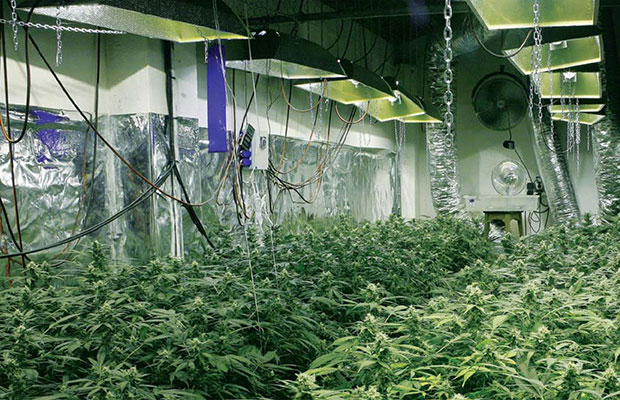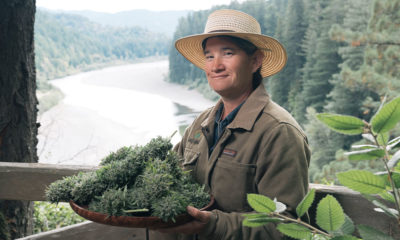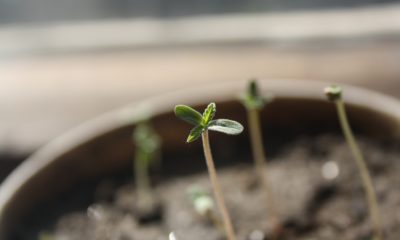Cultivation
Growing Green: Legal Cultivation Laws Are Environmentally Unsustainable
There has been a lot of press recently about the newly legalized states of Colorado and Washington. When cultivation is discussed, we refer to massive indoor grows that are either up and running or in the process of being built. These giant power hungry behemoths are often 100 lights or more.
Since the power needed to produce one pound of cannabis takes 200 pounds of coal, the environmental impacts of such mega grows are obvious, and that’s just the requirement for the lights—air conditioning and or heating, pumps and fans add to the growing mountain of coal or ocean of oil needed to produce what most consider a green product. The answer in most parts of the country is obvious. Use the sun. It’s free.
Sun grown cannabis has always accounted for the majority of the export market in California. People from coast to coast enjoy the bounty of the abundant yearly harvest. With the advent of light deprivation technology in the last five years, there are now actually three harvests, starting in July and running through the traditional October haul.
Both Colorado and Washington allow for at least greenhouse production of cannabis. Colorado limits the allowable area to one small part of the state and Washington’s best outdoor climate is in the Eastern section, which unfortunately has an extremely unfriendly U.S. District Attorney, making large-scale greenhouse cultivation difficult. Even with this being the case, we as conscious planetary citizens should be doing all we can to promote greener growing practices.
As more states legalize, it is important to promote greener practices. Solar and wind, while initially expensive, can help ease some of the burden, more importantly though continuing to promote Sun Grown cannabis as not only the greenest way to grow but also the least expensive.
Compared to the rising costs of electricity, the price of the sun is a constant.
There is no reason most states can’t grow in greenhouses. Even Alaska, home of the legendary strain Matanuska Thunderfuck, has a short but serviceable window to grow using the sun. That epic indica was actually first grown in rudimentary greenhouses in Alaska’s relatively temperate Matanuska valley. Montana is also a medical state and they were growing in greenhouses until the federal government came calling, proving that a cold climate and short growing season can still produce quality flowers.
Sun Grown cannabis contains many more cannabinoids than its lamp grown counterparts. The quality has come a long way in the last decade with the advent of full-sun grows. With the increase in light deprivation technology it can also look exactly like indoor, traditionally one of the reasons people have preferred the latter. The THC percentages can also exceed that of indoor in the same strain, if grown with skill.
Many people outside of California consume cannabis that was grown in a greenhouse that they have purchased as indoor. The quality can truly be that good. As more states legalize, those with a stake in the future, and I believe that is all of us, should be demanding that the cannabis they consume has been grown with as little ecological impact as possible. The only way to ensure that is by using the sun.
By Rick Pfrommer, Director of Education at Harborside Health Center

























